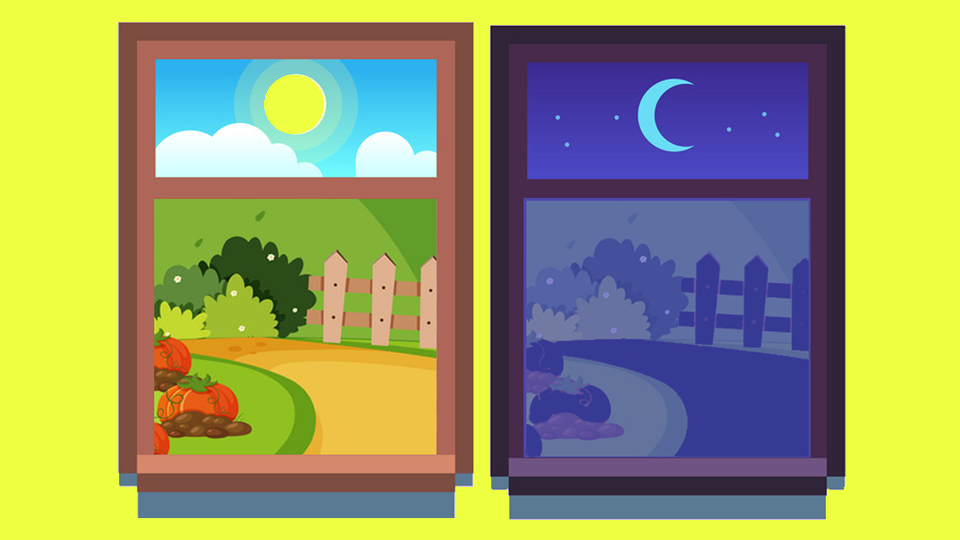Opposites help us visualize.
Opposites are a powerful tool for teaching a language, as they can help learners acquire new vocabulary and understand grammar.
• One way to use opposites in language teaching is to introduce new words and concepts by contrasting them with their opposite meanings. For example, if the teacher wants to teach the words "night" and "day", they can show a picture of a dark sky with stars and a bright sky with sun and ask the students to identify which one is night and which one is day. This way, the students can learn both words at the same time and associate them with their corresponding images. The teacher can also use gestures, facial expressions, voice intonation, or realia to reinforce the meaning of the words and make them more memorable.
• Another way to use opposites in language teaching is to explain grammatical rules and structures by showing how they change the meaning of a sentence or a word. For example, if the teacher wants to teach the present simple tense, they can use positive and negative sentences to show how the verb form changes depending on the subject and the polarity. For example, "He likes pizza." vs "He doesn't like pizza." or "She walks to school." vs "She doesn't walk to school." The teacher can also use questions and answers to show how the word order changes depending on the type of question. For example, "Do you like pizza?" vs "What do you like?" or "Does she walk to school?" vs "Where does she walk?" The teacher can also use games, activities, or exercises to practice the grammar points and check the students' understanding.
At Speak Stories we continually come up with ways to use opposites while teaching, as we have seen how opposites can help learners acquire vocabulary, understand grammar, and develop critical thinking skills. Opposites can also make the stories more fun and interesting, as they create contrast, conflict, and surprise. Whether it is through contrasting words and concepts, changing grammatical rules and structures, or comparing and contrasting different ideas, opinions, or perspectives, we use opposites to make our stories more memorable and meaningful for our learners.
We invite you to join us on our journey of discovering the power of opposites in language teaching. Sign up for a trial session today and see for yourself how opposites can make a difference in your learning experience. We hope to see you soon!
🔴 Choose your language and enroll.

